potentially hazardous foods should always be
Potentially hazardous food is explained in Appendix 1 and 2. The State Sanitary Code now requires that the entire mass of all cooked and refrigerated potentially hazardous food which is to be reheated must be reheated to 165.
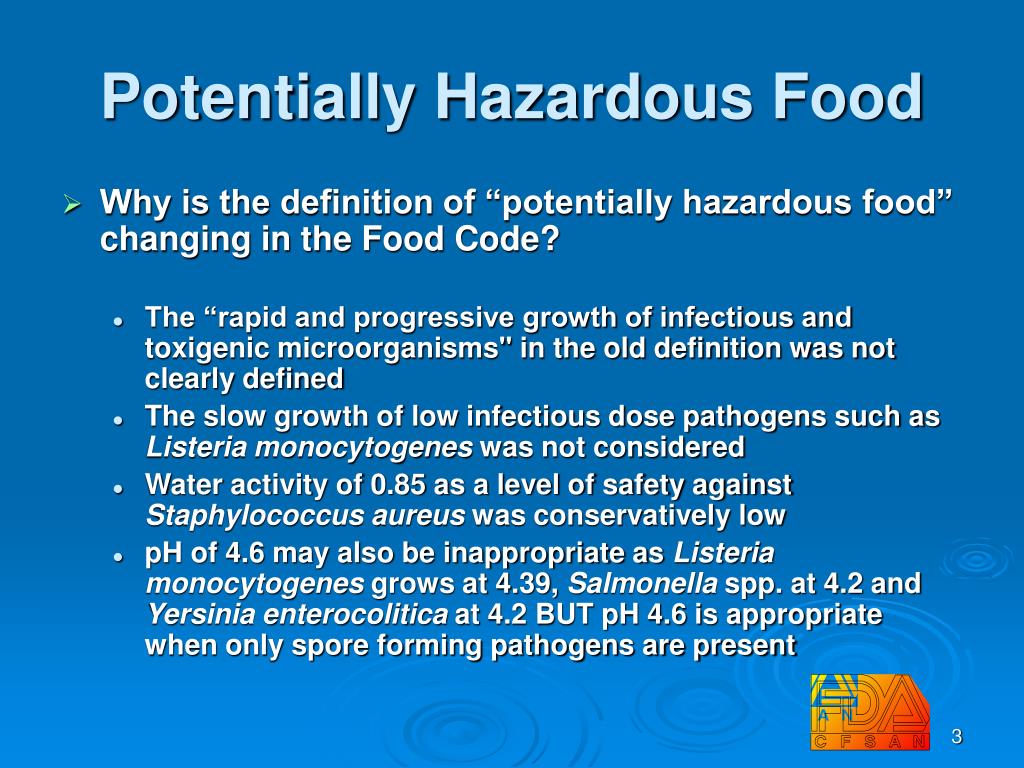
Ppt Potentially Hazardous Food The Evolving Definition Of Temperature Control For Safety Powerpoint Presentation Id 252052
Microorganisms generally grow rapidly in moist high protein foods.

. All potentially hazardous food should be kept below 41 o F for cold foods or above 135 o F for hot foods except during necessary preparation time or a short display. Safe Food Australia is a guide to the food safety standards in Chapter 3 of the Food Standards Code. Shell eggs are classified as a potentially hazardous food by the United States Food and Drug Administration.
Food with a pH level of 46 or below when measures at 75F Temperature Requirements for PHFs. Seafood can have different types of toxins. All PHFs must be either.
Particular care should always be taken with potentially hazardous foods because from BUSINESS HI6008 at Holmes Colleges Brisbane. Dangerous food for example. Keep cold food cold - 5ºC or below.
The following are some of the commonly used. This preview shows page 21 - 23 out of 92 pagespreview shows page 21 - 23 out of 92 pages. By joseph May 16 2022.
All hot potentially hazardous foods. The State Sanitary Code now requires that the entire mass of all cooked and refrigerated potentially hazardous food which is to be reheated must be reheated to 165 degrees. Similarly What is not considered a potentially hazardous food.
Potentially hazardous food is a defined concept identifying foods to be maintained at certain temperatures to minimize the growth of any pathogenic microorganisms that may be present. A potentially hazardous food is food that may cause serious illness or injury if it is contaminated with a certain substance. Potentially Hazardous Foods A Report of the Institute of Food Technologists for the Food and Drug Administration of the United States Department of Health and Human Services December.
Keep hot food hot - 60ºC or above. The answer to the question is that the food worker should consider potential physical food hazards such as cross-contamination and temperature control. Always keep potentially hazardous food under temperature control.
Estimates indicate 32 million Salmonella Enteritidis contaminated shell eggs. Dry baked products breads cookies fruit pies jams jellies preserves fruit. Food with a water activity value of 85 or less.
Which Foods Would be Considered Potentially Hazardous. All potentially hazardous food should be kept below 41 o F for cold foods or above 135 o F for hot foods except during necessary preparation time or a short display period.

Things Health Inspectors Look For Markel Specialty

Danger Zone Food Safety Wikipedia

2002 Province Of British Columbia Foodsafe Level 1 1 Unit 4 Preparing Food Ppt Download

Potentially Hazardous Food Youtube

What Are Potentially Hazardous Foods Msu Extension

Chemicals In Food Two That Aren T As Scary As They Sound Food Insight
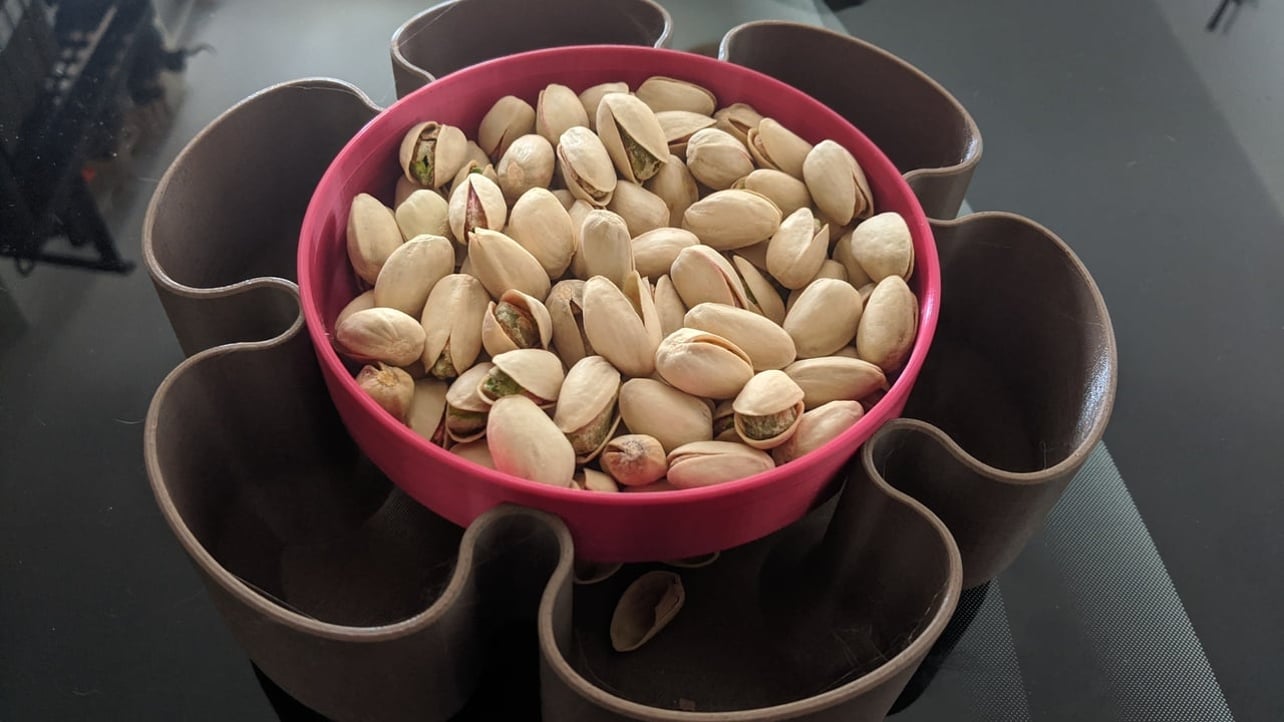
15 Vital Facts About Food Safe 3d Printing All3dp
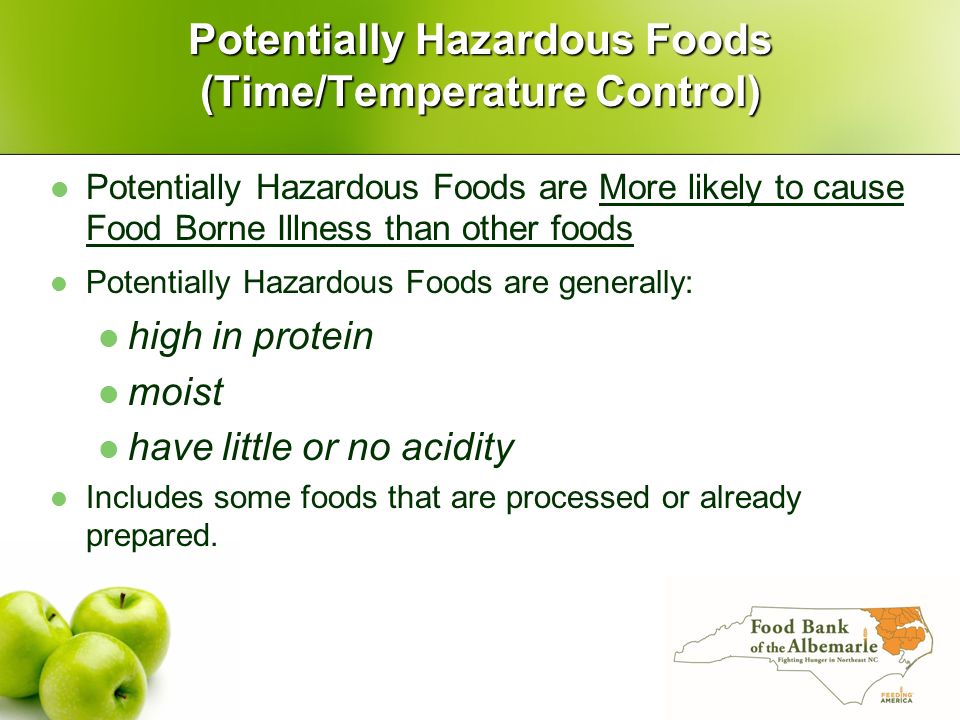
Food Safety Training Food Bank Of The Albemarle Ppt Video Online Download
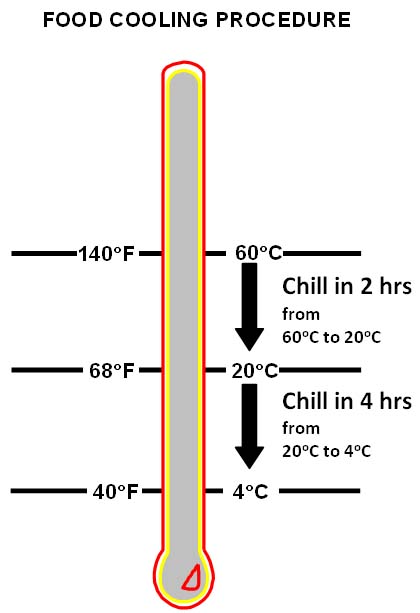
Preventing Foodborne Illness Food Safety Sanitation And Personal Hygiene

Temperature Danger Zone Food Type Risks And Ranges
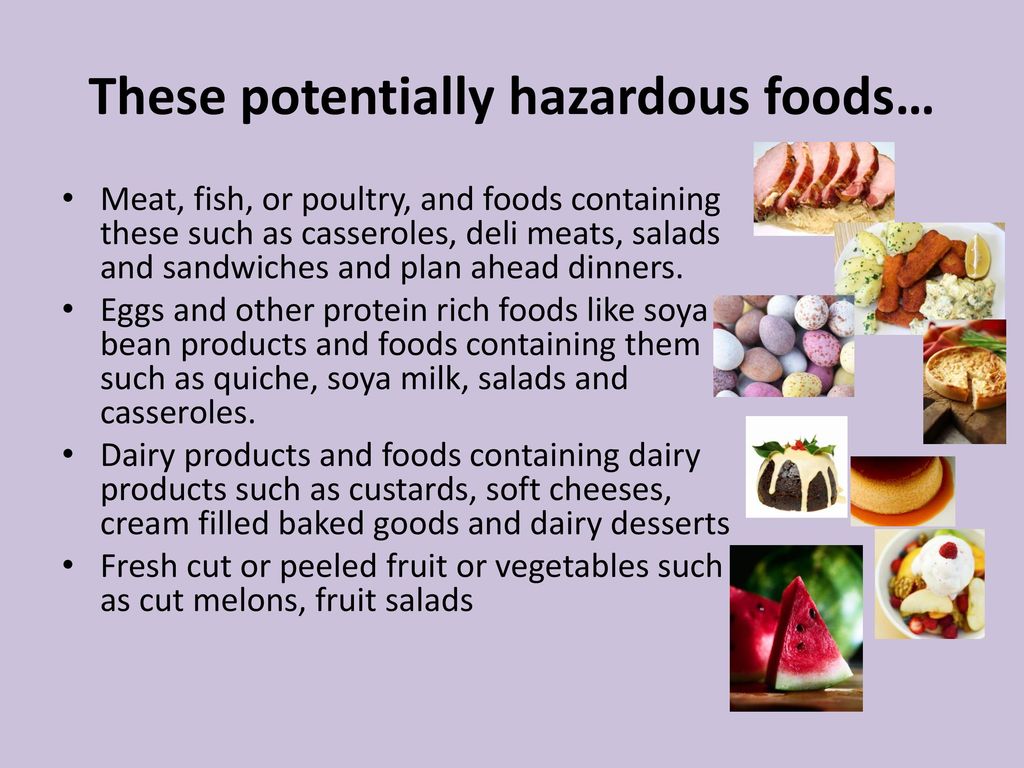
Safety And Sanitation The Danger Zone Ppt Download

The Danger Zone Reevaluated Food Safety

The Underlying Causes Of Poor Food Hygiene
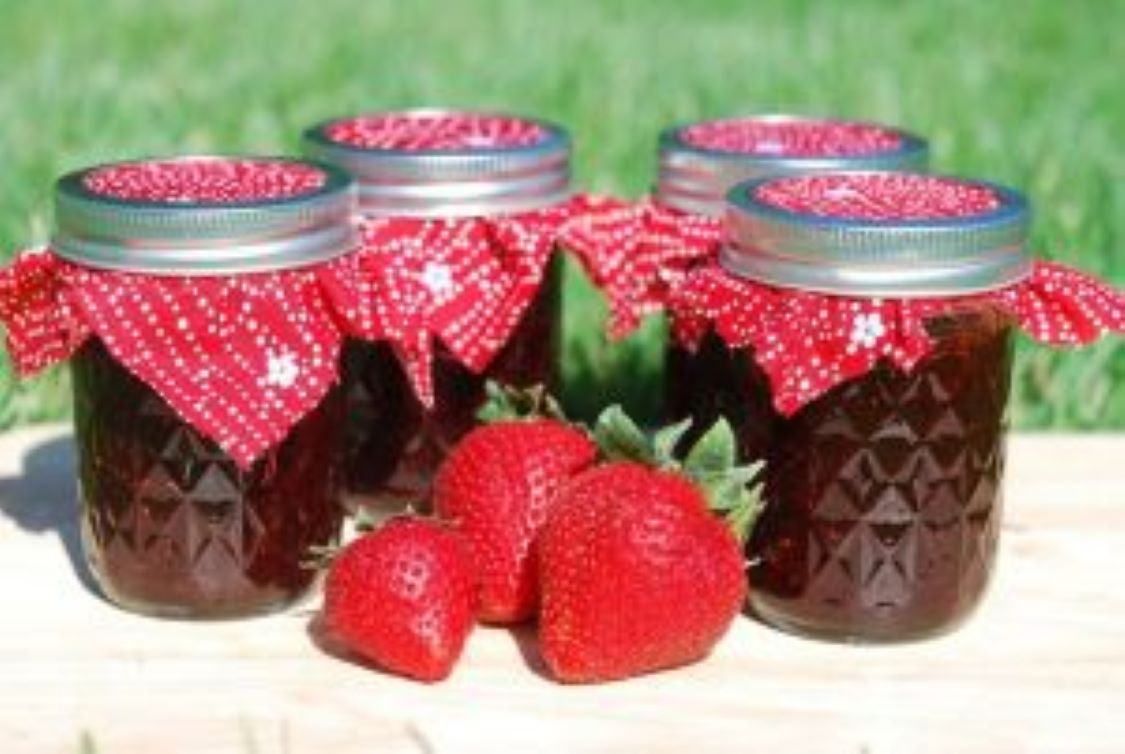
Cottage Food Law Guidance Minnesota Department Of Agriculture




